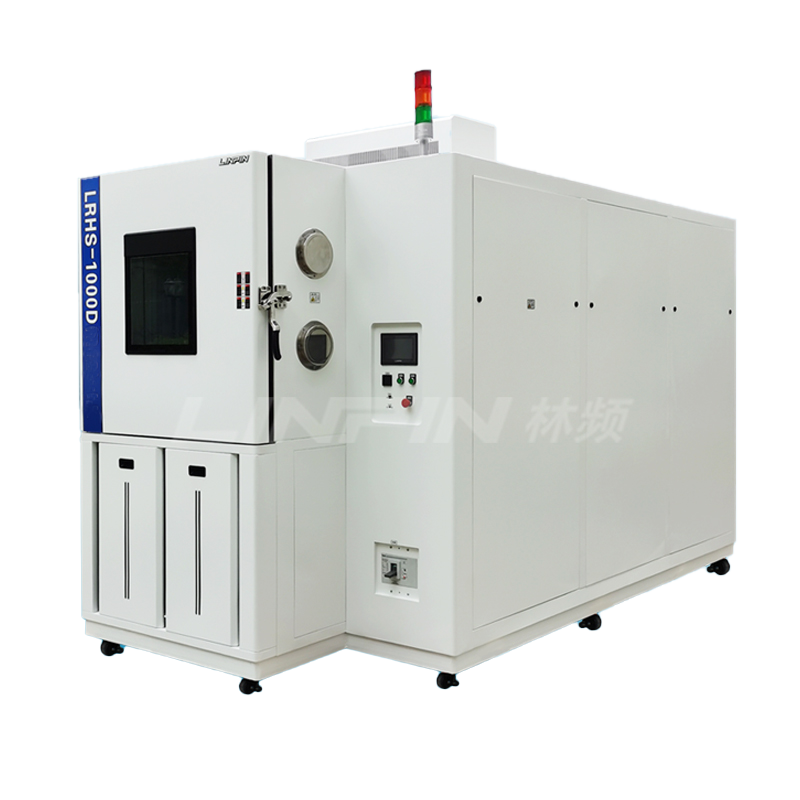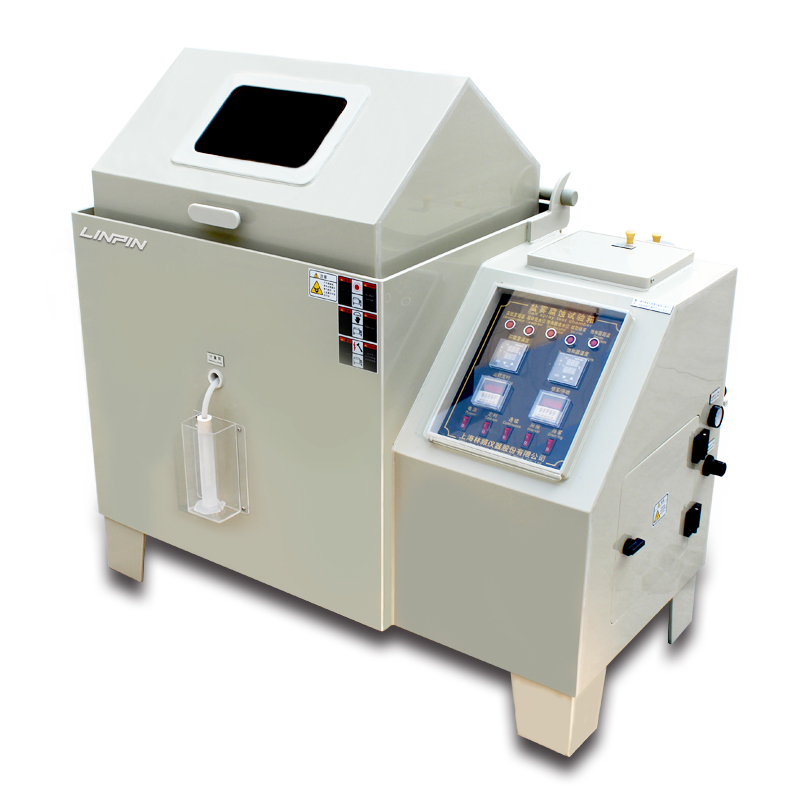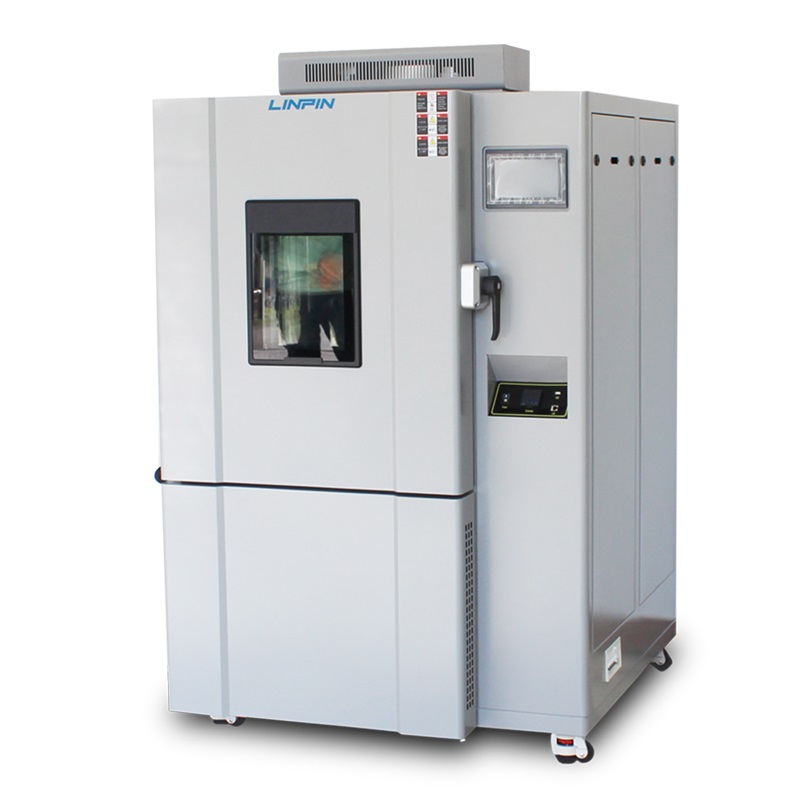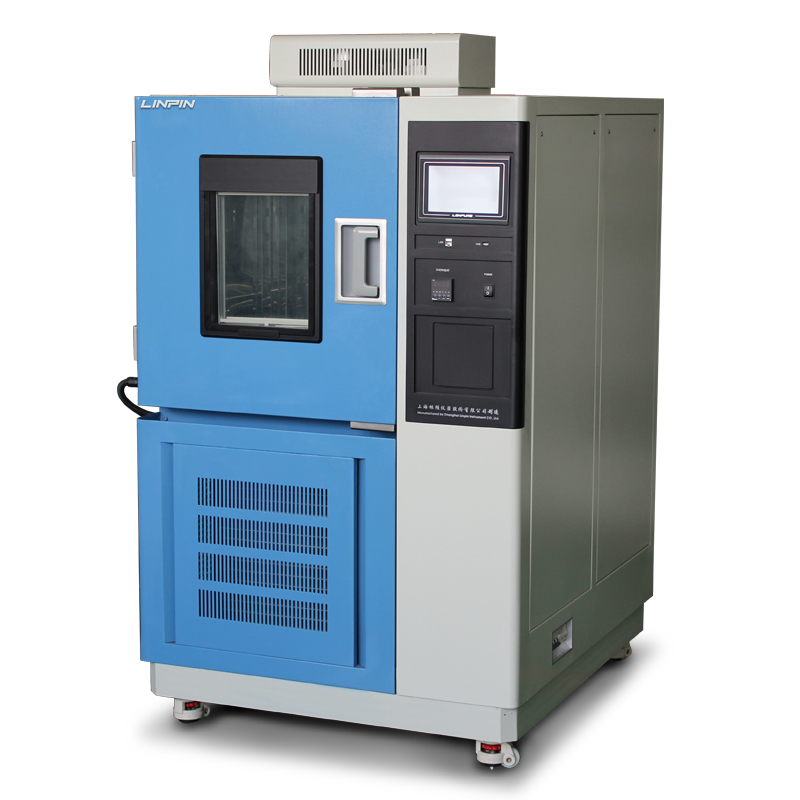Boosting Product Yield: The Critical Value of HAST Chambers in Early Failure Screening
Author:LINPIN Update Time:2025-09-25 Source:LINPINIn modern electronics manufacturing and high-reliability product development, product quality and long-term reliability have become core competitive advantages for enterprises. Especially in the face of increasingly complex application environments and stringent user demands, effectively identifying and eliminating potential early-stage defects before mass production has become a major industry focus. The HAST Chamber, as an efficient environmental stress screening tool, is playing a key role in enhancing product yield and reducing market return risks, thanks to its exceptional accelerated aging capabilities and precise failure activation mechanisms.
What is HAST Testing, and Why is It Critical?
HAST testing employs a combined stress environment of high temperature, high humidity, and high pressure (typically conditions such as 130°C, 85% RH, and 2.3 atm) to simulate long-term operational failure modes—including moisture-induced aging, corrosion, material degradation, and interface delamination—within a significantly shortened timeframe. Compared to conventional temperature and humidity tests (e.g., 85°C/85% RH), HAST can achieve an acceleration factor several to dozens of times greater, exposing in just dozens of hours defects that would otherwise take years to emerge under normal conditions.
For industries with extremely high reliability requirements—such as integrated circuits, semiconductor components, PCB assemblies, new energy batteries, automotive electronics, and aerospace-grade devices—HAST testing has become an indispensable part of the product development process. It demonstrates particular value in early failure screening: it quickly identifies weaknesses in materials, processes, packaging, or design during pilot or early mass production, enabling design improvements and process optimizations before products reach the market.

How Does HAST Directly Improve Product Yield?
-
Precisely Activates Potential Defects
HAST testing accelerates failure mechanisms such as moisture penetration, ion migration, metal corrosion, and interface crack propagation through its high-temperature, high-humidity environment. For example, in semiconductor packaging, HAST effectively identifies process defects like bond interface delamination, popcorn effects caused by moisture absorption in molding compounds, and solder joint corrosion. By detecting these issues early, companies can quickly adjust process parameters, replace materials, or optimize structural designs, preventing batch defects at the source. -
Significantly Shortens R&D and Validation Cycles
Traditional natural aging or standard humidity tests can take months or even years, whereas HAST can achieve equivalent aging effects in just 24–96 hours. This capability greatly accelerates product iteration and time-to-market while reducing trial-and-error costs and timeline risks during R&D. -
Supports Quantitative Reliability Assessment and Standards Compliance
HAST testing methods comply with international standards such as JEDEC, IPC, and AEC-Q, ensuring high levels of standardization and repeatability. By quantitatively assessing product lifespan and failure distribution under extreme damp heat conditions, companies can establish more accurate reliability models, providing data support for design, manufacturing, and quality control. -
Reduces Market Failure Risks and After-Sales Costs
If early failure products enter the market, they can lead to high costs associated with returns, repairs, and brand reputation damage. As a "stress screening" checkpoint before products leave the factory, HAST testing significantly reduces early failure rates and enhances product stability and durability in end-use environments.

Choosing a Reliable HAST Device: Technical Capability is Key
The effectiveness of HAST testing highly depends on the equipment’s stability, temperature/humidity control accuracy, uniformity, and safety compliance. An excellent HAST chamber should feature:
- Precise temperature, humidity, and pressure control systems to ensure consistency and repeatability of test conditions;
- Efficient condensation control and dehumidification capabilities to prevent unintended condensation during testing;
- Multiple safety protection mechanisms (e.g., over-temperature/pressure protection, leakage protection) compliant with international safety standards;
- Traceable data recording and test reporting functions to meet reliability analysis and certification requirements.
In an era where quality is paramount, HAST testing is no longer an optional step but a necessary part of high-reliability product development. Through scientific and rigorous stress screening, it exposes potential failure issues at the front end, providing enterprises with an effective path to enhance product yield and strengthen market credibility. Investing in HAST technology is an investment in a product’s future competitiveness.





